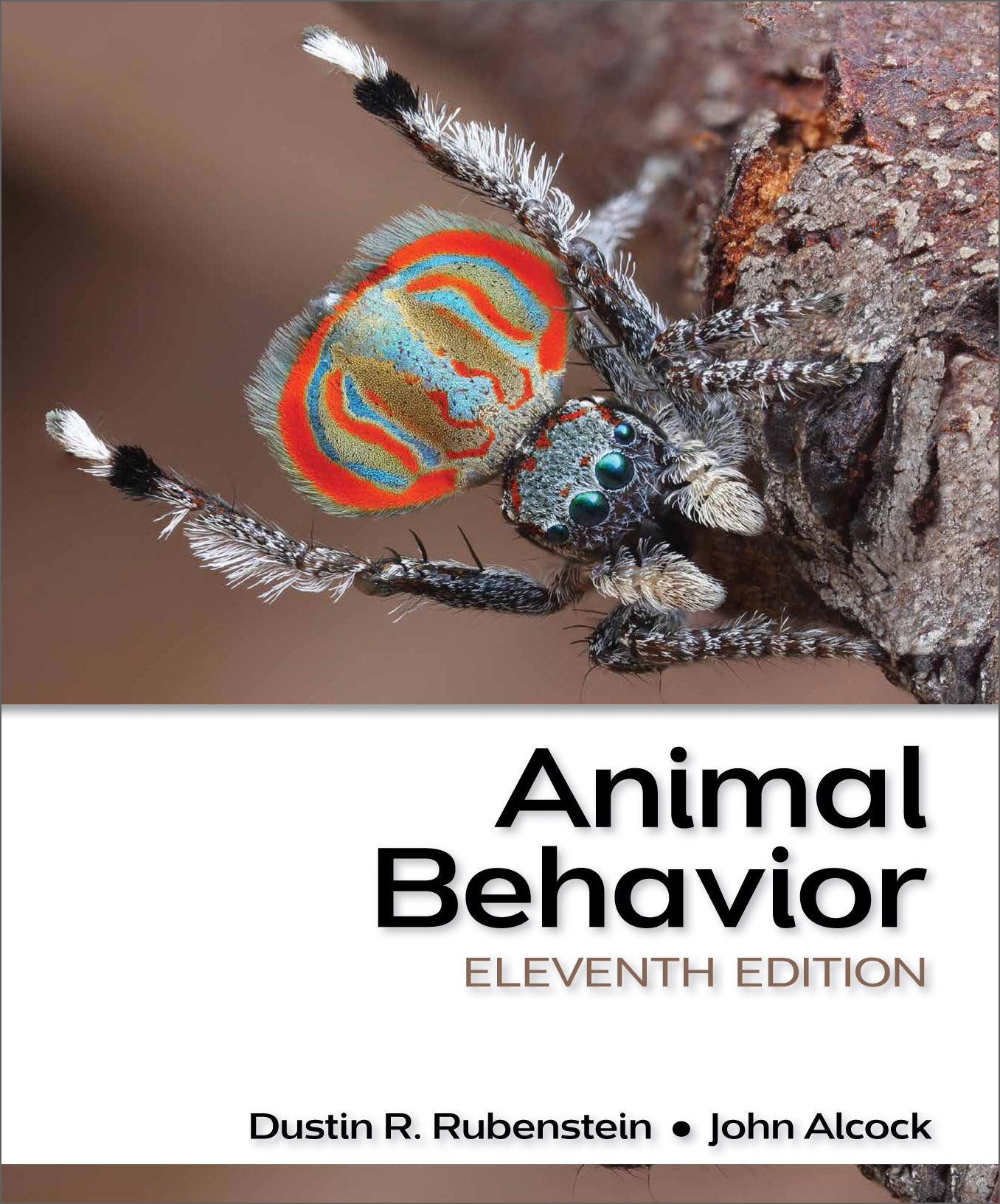This title has been replaced by Animal Behavior 12e, and its resources will no longer be available after 15 Jul 2024
Animal Behavior, Eleventh Edition
- Biology and Life Sciences

Printed from , all rights reserved. © Oxford University Press, 2024